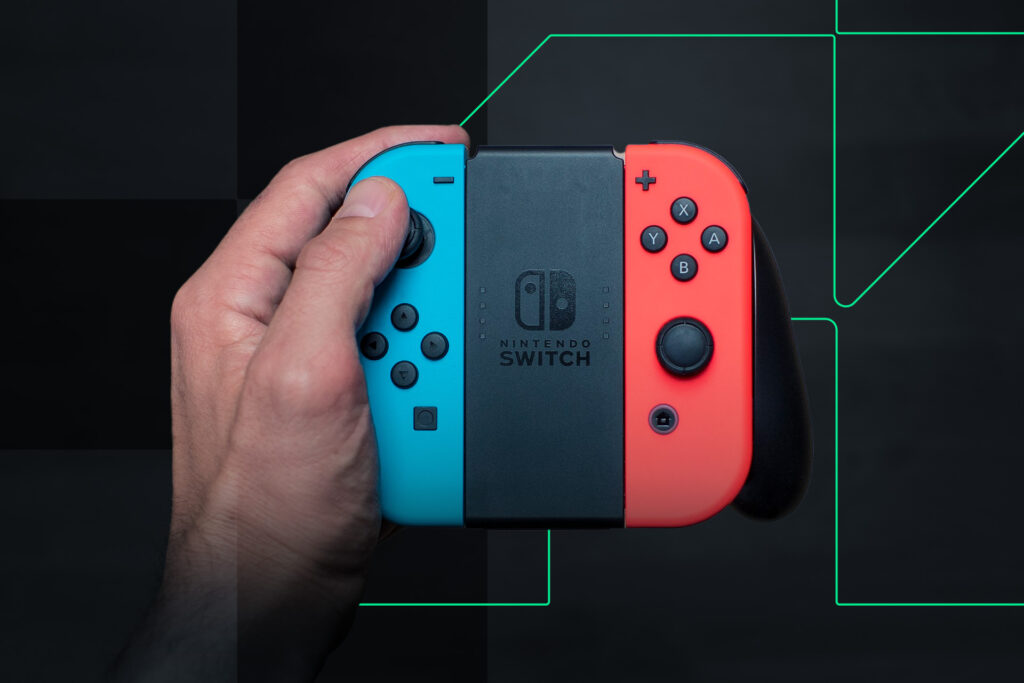Stardew Valley and Harvest Moon are foundational in the farming simulation genre for their character-driven storytelling and infinite to-do lists for gamers to spend countless hours on. Every season brings distinctive colors and soundtracks, begging players to wonder if they should cultivate their farm or romance a villager that day.
Many players question their similarities — are they connected in any way, by makers or in stories? Uncovering the relationships between Stardew Valley and Harvest Moon reveals a positive outlook for the future of the genre and earnest connectivity between developers.
Who Made Stardew Valley and Harvest Moon?
In short, Stardew Valley was created by developer Eric “ConcernedApe” Barone. Harvest Moon, also rebranded into Story of Seasons, was made initially by developer Natsume and created by Yasuhiro Wada. Both games span multiple systems, including Nintendo’s Switch and PC. Each has received localization in many countries, impacting gamers globally.
Though Harvest Moon’s debut title came out decades ago, on the Super Nintendo Entertainment System, both games have had unparalleled success. Stardew Valley surpassed 15 million copies sold in 2021 with its continued updates and multiplayer compatibility.
Farming simulators maybe rose in popularity due to quarantining from COVID-19. Some attribute it to the revolution of Twitch streamers. Despite the source of fame, Harvest Moon was an integral puzzle piece in Stardew Valley’s commercial success as Barone became a budding developer.
Are Their Stories and Worlds Linked?
Even a casual gamer could look at the two games and see similarities. The charming graphics, from colorful character sprites to rustic inventory design are giveaways. More dedicated fans could explain how both titles’ ranching mechanics and social ranking system reminisce one another.
Barone admired the intimacy and gameplay of Harvest Moon and used it as a framework to teach himself game development. This experimentation led to Stardew Valley, a game that most consider a masterpiece.
Though some declare Stardew Valley is a rip-off of Harvest Moon, many argue the adverse. They note how Stardew Valley fleshes out experiences and gameplay mechanics missing from the early Harvest Moon installments.
In a way, Stardew Valley acts like a love letter to Harvest Moon. Now, they’re so influential to gamers that they bounce off each other to continue expanding the capabilities of a comforting, countryside gaming adventure.
In an interview with PC Gamer, Barone and Wada shared an affinity for the other’s creations. They commented on how classic releases like The Legend of Zelda inspired both of them. However, they wanted to provide gamers with a more non-violent, calming option. The creators wanted something different for the gaming industry, not necessarily the antithesis of popular violent, action-based games.
For gamers wanting there to be more apparent links and Easter eggs, unfortunately, there are none. The connecting thread between the two is the overwhelming sense of honor for each game’s impact on farming sims.
Are There Differences in Gameplay?
Each of the games contains similar objectives and propelling storylines. In short, players work hard and build connections — with animals and people. In Harvest Moon and Stardew Valley, the main character inherits a farm that needs some care. The player isn’t required to engage with any particular facet of the game but instead has options to:
- Raise livestock with ranching
- Create a farm to grow seasonal produce
- Build friendships with the local townspeople and potentially marry
- Participate in in-game events like festivals
- Relax on the beach by going fishing
- Delve deep into the mines for ore
- Customize and decorate outside your farm and inside your home
The dialog of both games is what compels players to spend hours investing in pixelated relationships. Both games tackle complex narratives, from chronic illness to the impact of capitalism on small businesses. Every player will find an aspiring artist or struggling student to relate to
For gamers looking for the nitty-gritty, here are the significant differences between Harvest Moon and Stardew Valley:
- The modern graphics move away from the retro: Modern Harvest Moon games are rendered in complete 3D, moving away from the bright pixel aesthetic.
- Stardew Valley does not end: Depending on the Harvest Moon installment, it may force the player to stop after several in-game years of farm development. Barone wanted players to have the ability to play Stardew Valley infinitely.
- Harvest Moon does not contain combat: Both games strive to avoid making combat the primary focus, though Harvest Moon entirely abstains. In Stardew Valley, the characters encounter enemies traveling in the mines but can choose to stay safe at the farm and harvest all day if that is their choice.
- The overarching goals are different: Stardew Valley tasks players with filling out the Community Center, a museum full of various collectibles in the game. This unravels a more significant plotline, whereas most Harvest Moon titles do not have a similar guidepost.
Despite the differences, Harvest Moon creator Wada noticed the increasing popularity of farming games. They work synergetically by continuously reinvigorating the Harvest Moon community.
The Best Farming Sims Out There
With countless games released yearly, it’s easy to see how Stardew Valley and Harvest Moon paved the way for modern farming simulation RPGs. Just as Wada influenced Barone, the future of this genre of games may bloom from Stardew Valley recreations that continue to surpass expectations.
Recent Stories
Follow Us On
Get the latest tech stories and news in seconds!
Sign up for our newsletter below to receive updates about technology trends




